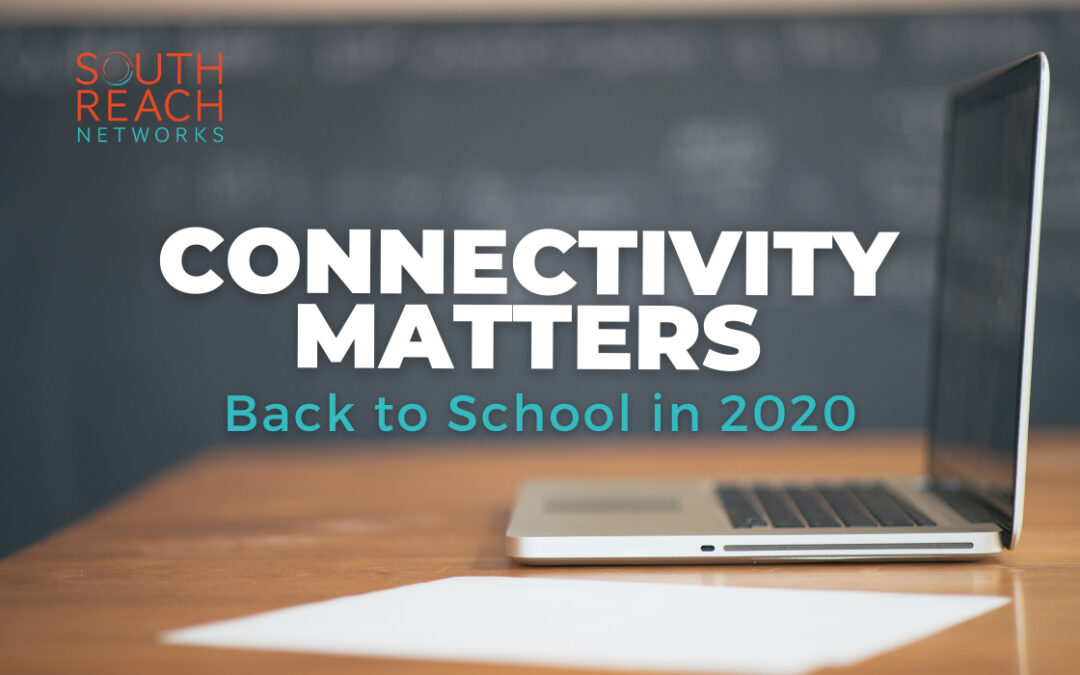With students returning to school across the country, of all the challenges that will transpire, internet connectivity should not be one of them. The good news is that in schools, per the latest ‘State of the States’ 2019 Report, 99% of all K-12 school districts nationwide now have access to high-speed Internet via scalable connections. This allows for optimal bandwidth delivery needed to support digital learning in the classroom.
But what about outside of the classroom as teachers and students adapt to the new way of distance learning? While K-12 schools offer high-speed broadband connections, data in April of this year from the National Center for Education Statistics (NCES) states 14% of children ages 3-18 don’t have internet access at home. This results in over 9 million school children facing difficulty completing assignments online. In fact, the federal government estimates that nearly a third of all people in rural America (roughly 20 million people) have little or no access to the Internet. This is likely to worsen due to economic fallouts occurring due to the pandemic.
Many students are still learning remotely in 2020. Due to lack of funding, some school districts have very limited choices for bringing the internet home to students. Other options, such as schools offering mobile hotspots, can be costly. Others are are coordinating with telecommunication companies to make internet access more affordable and accessible for remote students. Additionally, some states are utilizing COVID-19 relief funds to improve internet access for students.
Even with short-term solutions in place such, the long-term solution is clear: FIBER OPTICS. Fiber-optic internet connections are the only technology that can scale to meet these growing demands cost effectively, according to The Consortium for School Networking (CoSN).
Fiber optics increase speed and bandwidth, and due to the lines installed underground, they are more durable and less prone to security issues.
Easier said than done?
Improving broadband service to rural communities in the U.S. remains an ongoing challenge. Fortunately, there is much progress being made. One example would be that, in 2019, the U.S. Department of Agriculture (USDA) announced that it is investing $152 million to improve broadband service across 14 states. Also, promising initiatives exist such as Comcast’s Internet Essentials, Charter’s Spectrum Internet Assist, or Cox’s Connect2Compete. These initiatives allow the delivery of affordable internet connections to low-income US residents.
Improving broadband access and fiber optic connectivity should continue to be a top priority for policy makers. They must work together to reduce regulatory barriers, incentivize public and private infrastructure development, increase mapping accuracy and promote innovative technology solutions that are affordable and consistently priced across the board.
Sources:
https://usafacts.org/articles/internet-access-students-at-home/
https://stateofthestates.educationsuperhighway.org/?utm_source=release&utm_medium=newsroom&utm_campaign=SotS18#national
https://edtechmagazine.com/k12/article/2020/04/continuing-remote-learning-students-without-internet
https://www.npr.org/2020/04/24/843411430/even-in-crisis-times-there-is-a-push-to-wire-rural-america
https://www.usda.gov/media/press-releases/2019/10/07/usda-invests-152-million-improve-broadband-service-14-state
https://nationalinterest.org/blog/reboot/how-can-we-solve-rural-broadband-divide-169006

